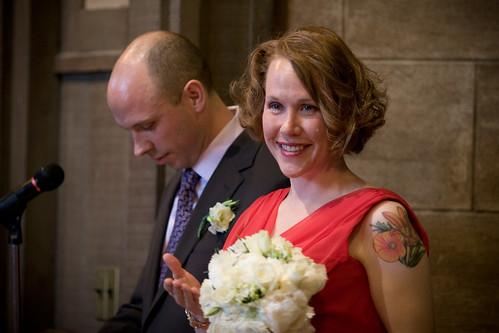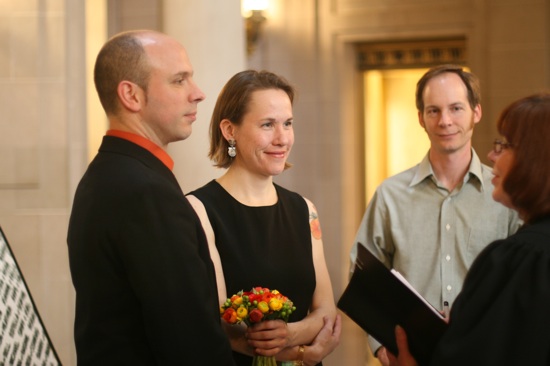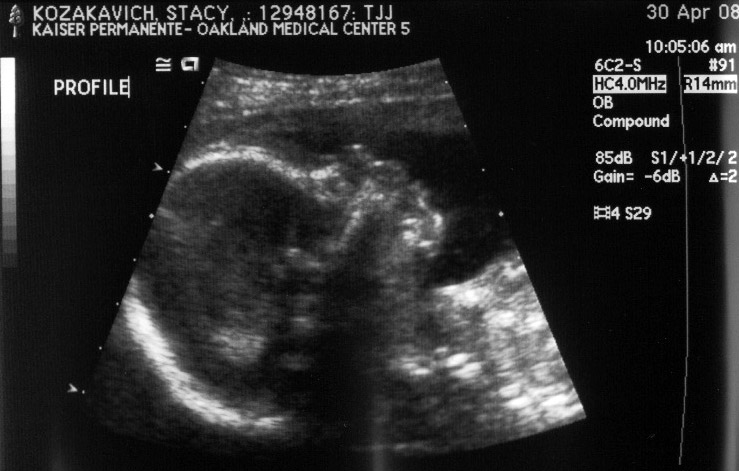Over on Adaptive Path’s blog, I’ve blogged about my attendance at ID’s Strategy Conference (First, second, third). It definitely spurred some interesting thoughts, and I met a bunch of people new to me who were involved in interesting work.
This is the third ID Strategy Conference I’ve attended, if you include HITS (the prior incarnation of the event). My posts on HITS: One, Two, Three. And IDSC 2005.
But, and I must say this, I walked away disappointed. The conference was distinctly mediocre, which might be fine if it were simply a student-run event at a school. But considering this is a $2,950 event, this should be a superlative affair. $2,950 is half the cost of TED, and TED lasts twice as long…. Which means this should have as much value-for-time as TED, and it has nowhere near as much.
The primary weakness with the IDSC is the program. The biggest “gets” on the program were AG Lafley and Claudia Kotchka from Proctor and Gamble. P&G has made a lot of noise about how they’ve used design to turn the business around, and hearing it from the CEO’s mouth is quite powerful. But this “get” is telling — this story is over three years old, as evidenced by the June 2005 stories from Fast Company. Similarly, there was a lot of discussion of social networks and the need for organizations to invert their hierarchy…. a discussion that the rest of us were having anywhere between 1998 and 2001. There was a even a session about the music industry that simply recapitulated the general discussion that occurred after Napster exploded in popularity.
Maybe I’m not the right audience, because pretty much every idea brought forth in this conference was something that had been hashed out in blogs, conferences, and other forums over the last 10 years. It feels like the conference programmers have simply been out of touch. If there were a strong curatorial aspect to it, with efforts made to tie together these older discussions in order to deliver new insights, that would have been a valuable service.
The other thing that disappointed me was the experience of the event. A design conference should care about issues of flow and presenation. This event had remarkably low energy, and it felt little more than a series of talking heads — there were no special moments of delight. The exception to this were the lunchtime roundtables, which lead to some great conversations and meeting of new people… And I can’t quibble about the open bar at the one reception (though, if I’m spending this much, why is there only one reception?).
This conference should have elements of surprise, joy, audience engagement, but instead we pretty much got a series of Powerpoints. Oh, and an obnoxiously dissonant musical cue to return to our seats, which was played over and over and over again in a matter to suggest condescension. If I’m not returning to my seat, it’s because I’m finding more value in having a hallway conversation, so just leave me alone.
And there was no attempt at a finish. Once the people in the final session stopped talking, the conference pretty much just ended. No wrap-up, no climax – just felt like a bar closing, with a you-don’t-have-to-go-home-but-you-can’t-stay-here vibe.
If this event were half the price, I could recommend it as a solid networking opportunity with some decent presentations. But at this price, it should knock my socks off… and it didn’t.



